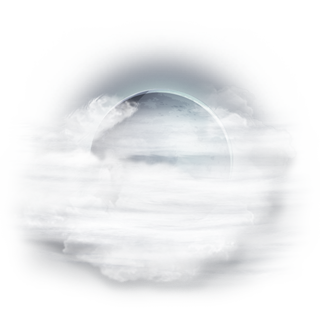Boston University architecture professor David Carballo delivered a lecture titled “Ritual Offerings/Sacred Architecture in Ancient Central Mexico” on Wednesday afternoon as part of the Anthropology Colloquia Series. The anthropology department brings in guest speakers to present lectures related to different issues and topics in anthropology to the students on campus.
Carballo began with a history of Central New Mexico, a region that has been one of the most urbanized parts of the world for the past 2,000 years. There are more than 150,000 people living there as well as five different languages spoken. Mexico City is currently located near Teotihuacan, a powerful ancient city. The trajectory of its urbanization continues to this day.
Carballo focuses on the religious aspect of the urbanization and has examined the offerings and sacred spaces, some of which predate Teotihuacan. His goal is not only to provide a narrative, but also to examine them in order to explore the similarities and differences in archaeological findings. He chose to examine how ritual practitioners played into archeology. Carballo first gave a definition of how urbanization could be understood—as a population threshold and a development of social roles. The population became much more integrated and differentiated at the same time.
Carballo explained that religion could be transformative and could allow for a sedentary lifestyle. He then began to discuss the idea of the integration and differentiation of society. In his research of La Laguna, which is currently a cattle ranch, he found that it was based around a center with three different settlements on hills. There have been two major domestic excavations done to La Laguna in which the researchers discovered insights about the religious life.
The findings of the Old God of Fire, as Carballo explained, were used as incense burners in the homes. This discovery gave a formalization of the important deity present in La Laguna. There was also evidence of food consumption and storage. Carballo explained that this implies religious acts took place. The public rituals that relate to the Storm God are associated with pyramid offerings and food storage. Carballo made these findings clear for the audience, which mostly consisted of teaching assistants, professors and some students. He used a chart to compare and contrast the public god, the domestic god and cremation.
“Structures are viewed as having souls, needing to be fed and then destroyed,” Carballo said.
In further examination of the architecture, his lecture explored the similarities and differences from the Aztec culture. For example, there were similarities in the assembling of plans for buildings in both Aztec and Teotihuacan culture. There were also differences in the rituals involving water basins. Symbols of felines and centipedes were found when excavating these ancient buildings, which suggests they held a similar meaning. Caballo concluded his lecture by talking about the destruction that occurred to La Laguna in 150 C.E. that seemed to be as purposeful and ritualistic as its construction.


